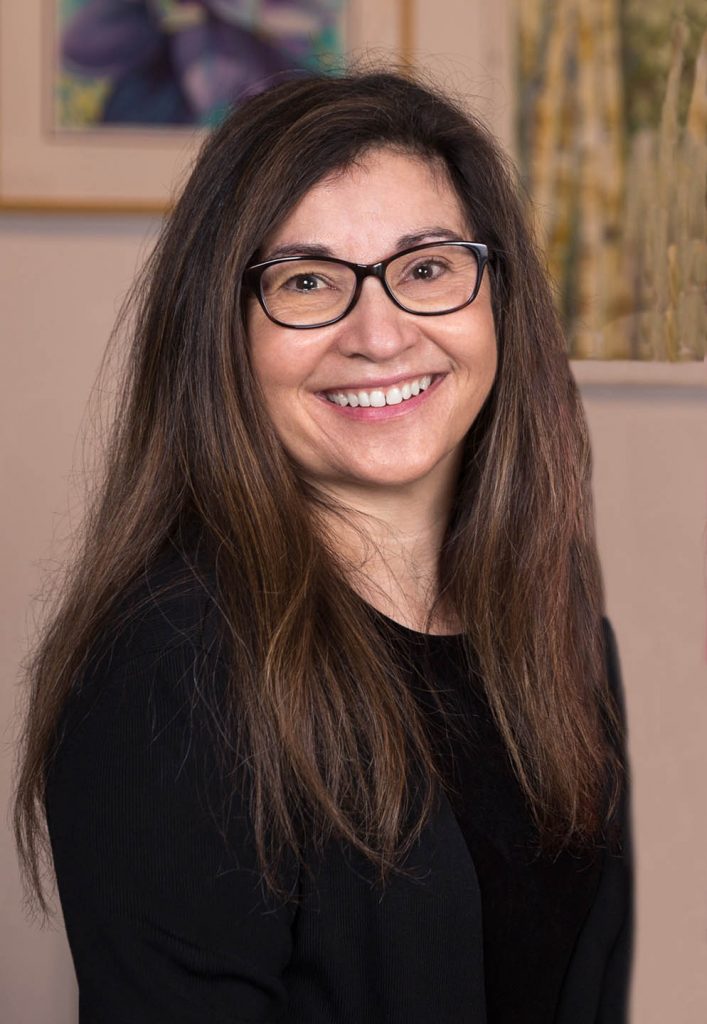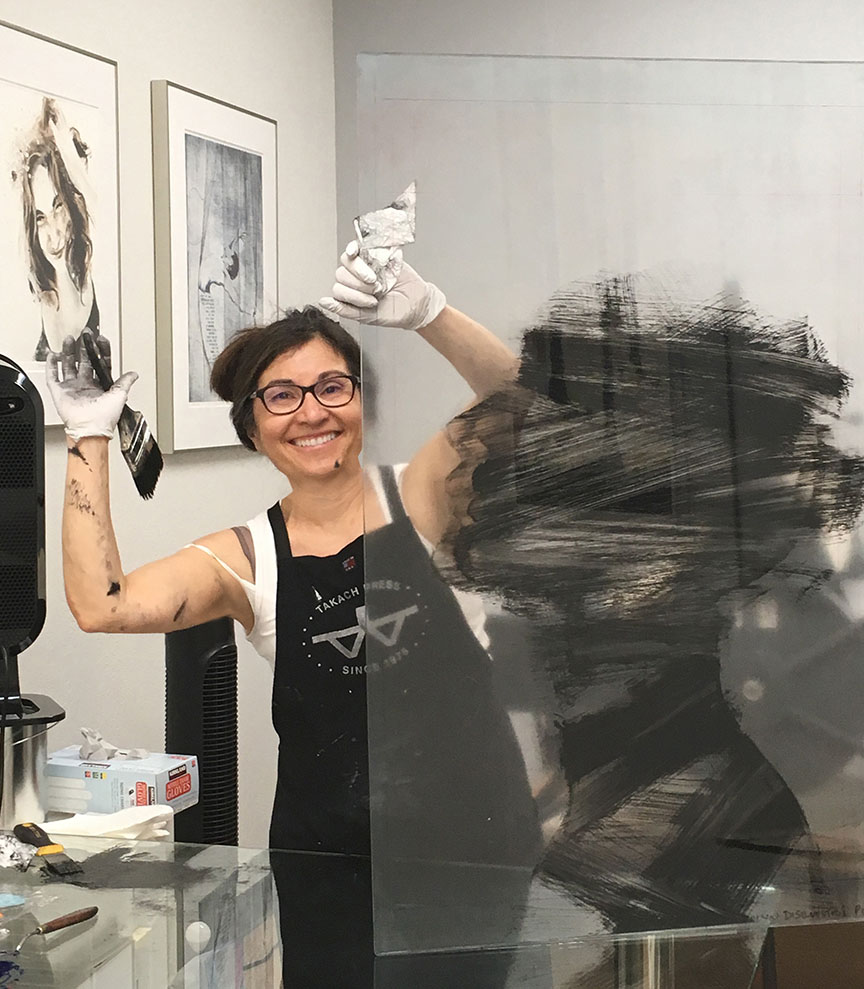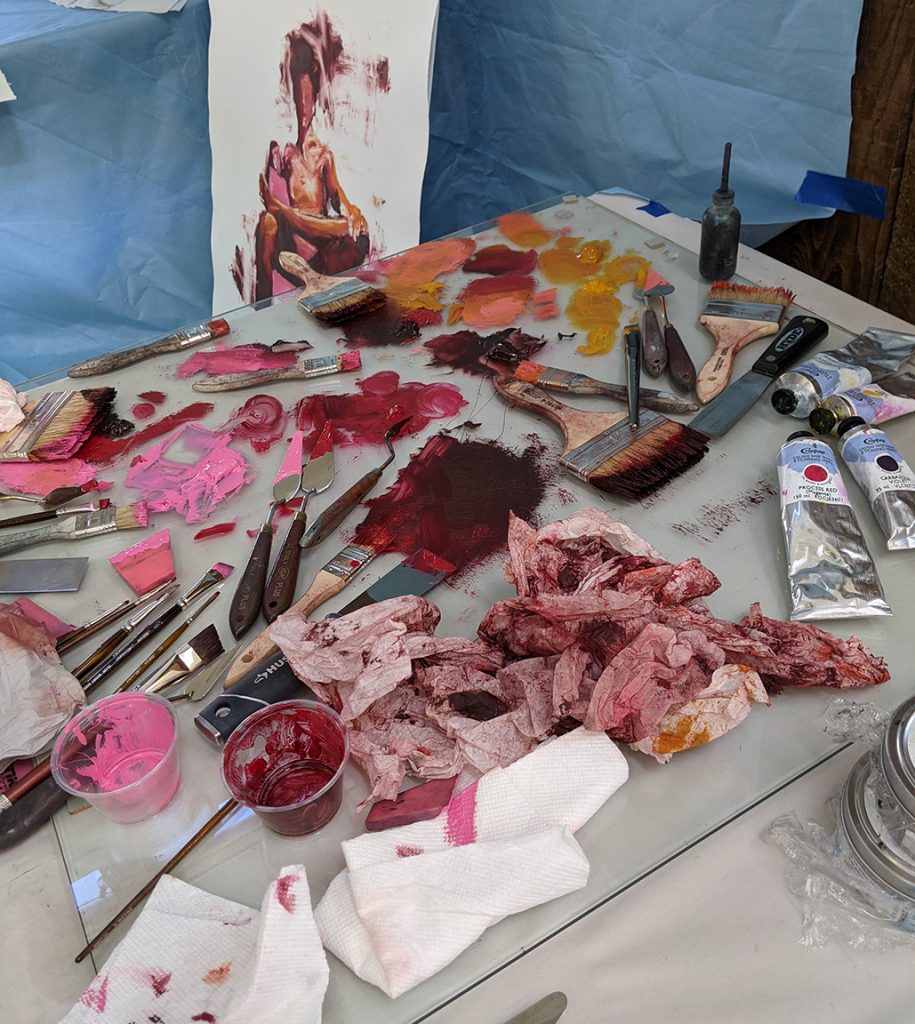Rozanne Hermelyn Di Silvestro is a visual artist working within the disciplines of painting and printmaking. Exposed to the creative world through her mother, a fashion designer and master seamstress, Rozanne followed her passion for the arts throughout her youth. After studying art and design at UCLA and Art Center College of Design, Rozanne went on to form her own award-winning design firm in San Francisco. More than two decades later, she pivoted her focus to express her own creative voice. A self-taught fine artist, she spent many years studying and exploring painting and printmaking, pushing beyond traditional techniques. Rozanne’s work reflects her knowledge of the visual message and is inspired by lived experiences and shared connections.
Awarded Best of Show and 1st place in numerous exhibitions, Rozanne’s work has been shown in Triton Museum of Art, Marin Museum of Contemporary Art, Museum of Sonoma County, Janet Turner Print Museum, The Art Complex Museum, Museum of Los Gatos, and can be found in the permanent collections of the Harvard Art Museums and the Library of Congress. Rozanne has also been published in Reed Magazine, California’s oldest literary journal and in The California Printmaker journal.
Artwork
“I believe art reflects life and life is messy. Life can be beautiful, and it can be ugly. I like to paint the ugly things beautifully to make people think, to show them a side of life that can be foreign.”
Oil painting is my first love, but I have a special romance with the monotype printmaking process. In essence, the monotype print is a painting on a plate matrix which is transferred to paper through an etching press. Painting on a plate surface is a continuous dance of adding and subtracting and a contradiction between light and dark. The experience is a struggle of finding life within the shadows. The technique inspires abstraction with expressive gestural strokes. The final image prints only once, straddling the fields of both printmaking and painting.




